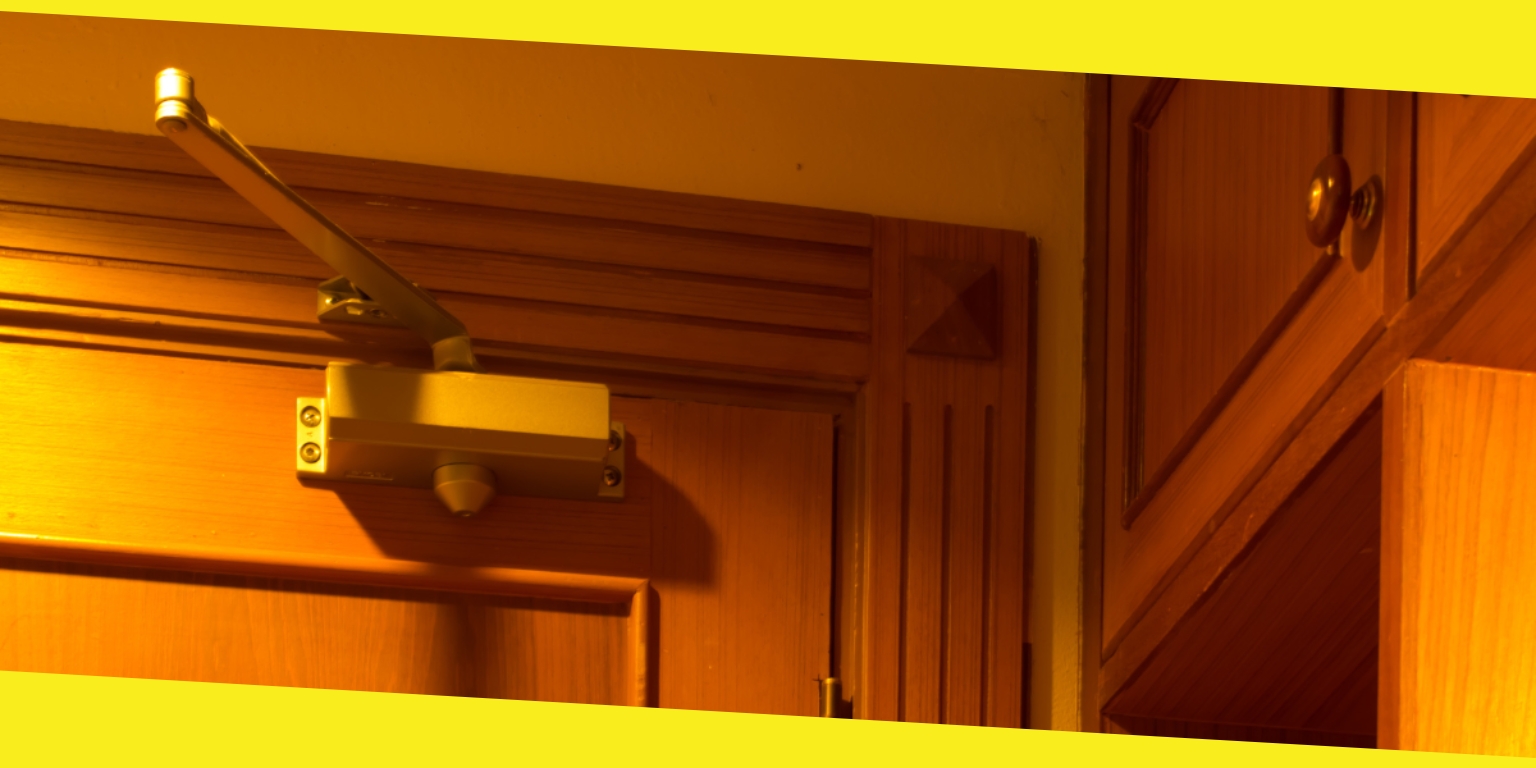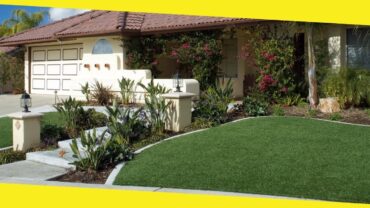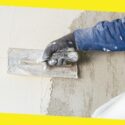The Ultimate Guide To Door Closers
Door closers are commonly used in commercial structures, although you can also put them in residential properties. Consequently, the best door closers save money on utilities by keeping doors shut while they aren’t in use. This is especially crucial in harsh regions where heating and cooling systems are used continually.

Door closers come in various styles and designs, but they all accomplish the same thing and are installed similarly. You can select the most suitable door closer by following simple guidelines and learning essential facts.
Contents
ToggleWhat Is a Door Closer
As the name implies, a door closer is a tool for keeping the door closed. This door hardware consists mainly of an adjustable, spring-loaded mechanical arm that closes the door slowly once it has been opened. Also, it prevents the door from slamming, which is a huge plus. Although door closers are more commonly seen in businesses and offices, they can also be installed in private residences.
Essential Functions of a Door Closer
-
Guarantees that fire doors are closed.
The door closer keeps a door securely closed while not in use; this is especially crucial for fire doors. Safely evacuating a building is possible when fire doors are installed with door closers, as smoke and flames are contained within the building.
-
Controls the open swing of the doors.
There is typically a backcheck function on door closers. A door’s backcheck can delay or even stop it at a certain point in its opening swing, preventing the door from swinging open too quickly.
-
Keeps the door from slamming.
Door closers include dampers to prevent slamming, protecting people from potential harm and reducing the annoyance of a constantly closing door. In addition, even if the door is in a particularly windy region, it won’t sway wildly out of your control.
-
Enhances security.
When someone walks through a door that has been equipped with a door closer, the entrance is securely locked behind them, preventing unauthorized entry.
Types of Door Closers
Surface-Mounted
Most homes utilize surface-mounted door closers because they offer conveniences and customizations not available in other designs. Among the four options are:
- Slide-track arm
- Surface-mounted normal arm
- Surface-mounted parallel arm
- Top jamb arm.
Typically, surface-mounted door closers are standard on doors with steel facades and work well in low- to medium-traffic areas.
Floor-Spring Closers
Regarding durability, door closers fixed to the floor are your best bet, especially for heavy doors or high-traffic areas. These high-performance closers may be adjusted quickly and are suitable for tall, broad, heavily insulated, or thick glass doors.
Overhead Concealed Closers
In high-traffic areas, install door closers above the door frame and out of sight. They are positioned in the headers of storefront doors and frames. Overhead concealed closers are available with centered or offset arm options, making them suitable for doors with narrow, medium, or wide stiles.
Procedure for Installing a Door Closer
The process of installing a door closer is simple. Read on for detailed instructions:
- Step 1 – Drill two holes into the door frame to accommodate the arm of the door closer and four holes into the door itself for the body of the closer.
- Step 2 – Use the standard screws with the package to make pilot holes in the door and the door frame.
- Step 3 – Use the door closer’s screws to secure the front arm and arm shoe assembly to the door frame.
- Step 4 – Screw the door closer to the door. The speed control valve must be placed on the outer edge of the hinge.
- Step 5 – Mount the main arm on the upper pinion shaft to be perpendicular to the door. Use the included arm screw and washer to ensure a tight fit.
- Step 6 – Adjust the length of the front arm such that it is perpendicular to the frame when assembled with the pre-loaded main arm. Attach the front arm to the main arm with the screw and washer provided.
- Step 7 – Attach the pinion cover to the bottom of the door closer’s shaft.
- Step 8 – Adjust the door’s closing speed.
Things To Consider When Buying a Door Closer
According to the experts from a Park City door hardware store, here are some viable factors to consider before buying a door closer:
- Location and type of opening
- Indoor and outdoor mounting placements
- Foot traffic
- Door Type
- Door’s weight and dimension
- Door swing
Key Takeaway
A door closer’s job isn’t done once it is closed; a good one will also regulate the door’s movement while it’s being opened and closed to prevent injury and property loss from misuse, wind, and other factors. Selecting a door-closer can be a time-consuming process, as there are many types and functionalities to consider. Take into account the information presented here, and let it serve as a guide as you make informed purchasing decisions.
Recommended For You
What Are the Benefits of Having a Healthy Lawn?
Most Inside
Most Inside offers high-quality recommendations and valuable updates to enhance all aspects of your life, providing premium guidance and enriching experiences.




